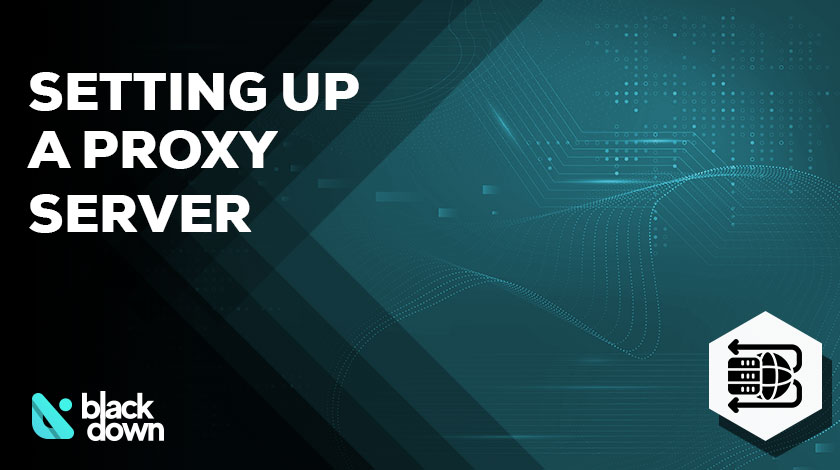Think of a proxy like a delivery driver for your web requests. You hand over the package (your request), and the driver delivers it to the destination, then brings the response back to you. A verified proxy is a driver that’s been background-checked, test-driven, and continuously monitored so you know it’s real, reachable, and reliable. In simple terms, verified proxies are IPs that have passed systematic checks for availability, speed, geolocation accuracy, protocol compliance, authentication, and reputation.
Why should you care? Because unverified IPs waste time and budget. They fail mid-crawl, misreport locations, or arrive with a poor reputation that triggers blocks. Verified proxies reduce these unknowns, helping teams hit higher success rates in scraping, QA testing, ads verification, social tools, and multi-regional research. For a deeper dive into verified proxies, start with the fundamentals below and use them as a checklist when choosing a provider.
How Providers Verify Proxies
Good providers don’t just “have IPs” – they audit them. Verification typically includes ping and handshake checks, TLS validation, protocol tests (HTTP/HTTPS/SOCKS), auth flows, and repeated target-site probes to confirm that an IP works across common use cases. Reputation screening matters too: clean IPs have fewer flags, better deliverability, and more consistent session times. Finally, continuous monitoring catches degradation before you do.
Here’s a concise snapshot of what professional verification covers and why it helps:
| Verification Step | What It Checks | Why It Matters | Common Signals |
| Reachability & Uptime | Can the IP connect reliably over time? | Prevents drops and stalled jobs | Ping, handshake rate, 24/7 probes |
| Geolocation Accuracy | Is the country/region/city correct? | Ensures compliant geo-testing and localization | MaxMind/DB lookups, RTT triangulation |
| Protocol & Auth | HTTP/HTTPS/SOCKS behavior; credential flow | Avoids 407/403 loops and broken sessions | TLS checks, auth challenge results |
| Speed & Latency | Response times under load | Preserves throughput and crawl budgets | Median/95th percentile latency |
| Reputation & Cleanliness | Blocklists and abuse markers | Reduces errors, captchas, rejections | DNSBLs, target-site soft/hard errors |
| Stability Under Rotation | Behavior across IP/session changes | Keeps automation steady | Sticky sessions, rotation success rate |
Key Benefits for Teams and Solo Users
Verified proxies translate into practical wins. Reliability means fewer retries, lower infrastructure costs, and simpler concurrency planning. Better IP hygiene reduces friction with forms, login gateways, and rate limits. Accurate geolocation ensures your analytics, QA, and content checks reflect real-world user experiences in the exact locations you target. And because verified pools are continuously monitored, you’ll see more predictable performance over long-running workloads.
For solo users, the benefits are just as real: less tinkering, fewer broken scripts, and cleaner, more consistent outcomes when you’re testing apps, tracking prices, or researching localized results.
How to Choose a Verified Proxy Provider
When you evaluate providers, don’t stop at price or IP count – ask how they prove verification and quality. Use this single, practical checklist:
- Transparent verification pipeline (reachability, protocol, geolocation, reputation), ideally documented.
- Hard numbers: uptime SLAs, median/95th latency, and replacement policies for bad IPs.
- Real geotargeting depth (country/region/city) with accuracy evidence.
- Rotation options (random, sticky) and session controls with clear limits.
- Analytics: per-request success rate, error codes, and bandwidth reporting.
- Support that understands developer workflows (dashboards, APIs, quick remediation).
Setup and Best Practices
Start with a small pilot: integrate the proxy endpoint into your HTTP client or headless browser and run known-good test cases. Measure success rate, time-to-first-byte, and average latency across representative targets – don’t rely on a single site. Next, calibrate rotation and stickiness: long sessions help when you need stateful flows; faster rotation helps when freshness and spread matter more than continuity.
Mind your request pacing. Burst traffic can look unnatural; steady concurrency often wins. Cache idempotent responses to cut noise and cost. Track error codes by endpoint and geography to spot patterns: 4xx usually means policy or flow issues; 5xx can suggest target instability or upstream problems. Keep graceful retry logic with jitter, and log the proxy metadata (country, ASN, session ID) alongside your request IDs for fast troubleshooting.
Quick Answers to Common Questions
Are verified proxies different from “premium” proxies?
“Premium” is a marketing term; verified describes a process. A provider can call an IP premium without testing it thoroughly. Verified status implies documented checks and ongoing monitoring.
Do verified proxies guarantee zero blocks?
No provider can promise that. What they can deliver is lower block probability and faster recovery, thanks to cleaner IPs, accurate geo, and constant health checks.
Will verification slow things down?
The verification process happens on the provider side. For you, the result is usually faster net execution because you avoid dead IPs and reduce retries.
What metrics should I watch?
Track success rate per target, median and p95 latency, captcha incidence, and replacement rate. Correlate results with geolocation to catch regional anomalies quickly.

